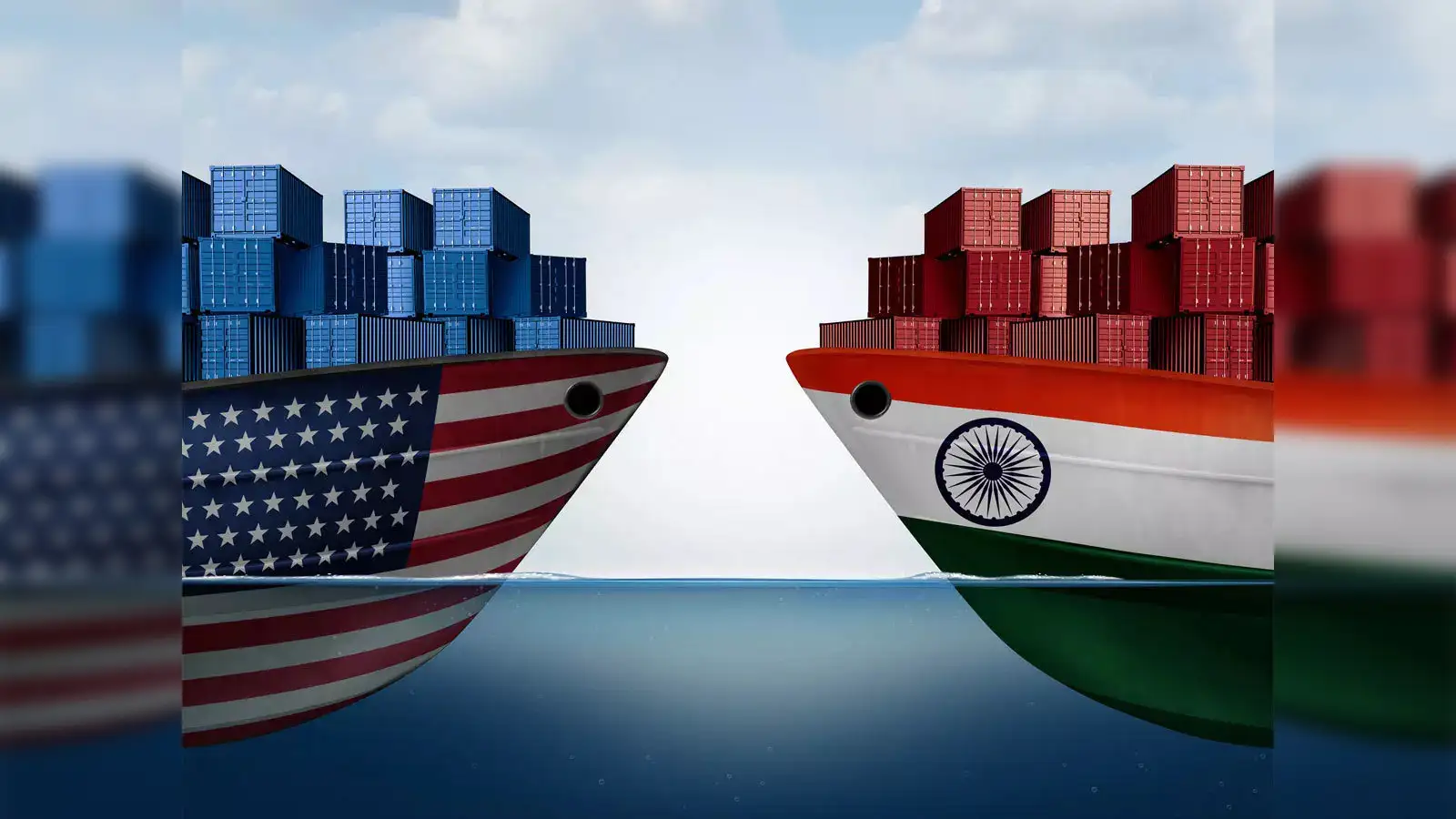
U.S. Moves Against India: Shrimp Tariff Hike and H-1B Visa Crackdown Signal an Economic Cold War
The United States appears to be turning up the heat on India with a series of policies that many observers see as the start of an economic cold war. In a dramatic move, a bill known as the India Shrimp Tariff Act has been introduced in the Senate, aiming to raise tariffs on Indian shrimp imports to 40% in a phased manner by 2028. This sharp increase would be applied on top of existing country-specific tariffs, making Indian seafood far more expensive in the U.S. market.
The bill, backed by lawmakers from shrimp-producing states like Louisiana, claims to protect American shrimpers from cheap imports. If passed, the tariff would rise to 10% in 2024, 20% in 2025, and then jump to 40% starting in 2026, with strict new country-of-origin labeling requirements for cooked shrimp and crawfish. Supporters argue it will save U.S. jobs and level the playing field, while critics warn it will disrupt supply chains, raise prices for restaurants and consumers, and strain U.S.-India trade relations.
This aggressive trade policy comes on the heels of President Trump’s shocking H-1B visa proclamation, which imposes an annual $100,000 fee per foreign worker on both new applications and renewals. The H-1B visa program has long been a lifeline for skilled workers, particularly in the tech industry, with a majority of applicants coming from India. The new fee is so high that it effectively shuts down this pathway, leaving Indian workers and American companies scrambling for alternatives.
By combining these two actions — punishing Indian seafood exports while simultaneously closing the doors to skilled Indian professionals — Trump’s administration appears to be systematically targeting sectors where India has been most successful: technology and agriculture. Meanwhile, Trump has reportedly expressed support for Pakistan through expanded trade initiatives, adding to India’s concerns that Washington is tilting away from its longtime strategic partner.
Analysts believe these moves mark the beginning of an economic cold war, where tariffs, visa barriers, and trade realignments are used as weapons to weaken India’s economic position. Indian exporters, already facing competitive pressures, could lose significant market share in the U.S., while skilled workers may shift to Canada, Europe, or other countries with more open immigration policies.
If the India Shrimp Tariff Act passes and the H-1B restrictions remain, U.S.-India relations could enter their most turbulent phase in decades. What was once a partnership built on shared innovation and trade may now become a battleground of economic protectionism and geopolitical rivalry.
